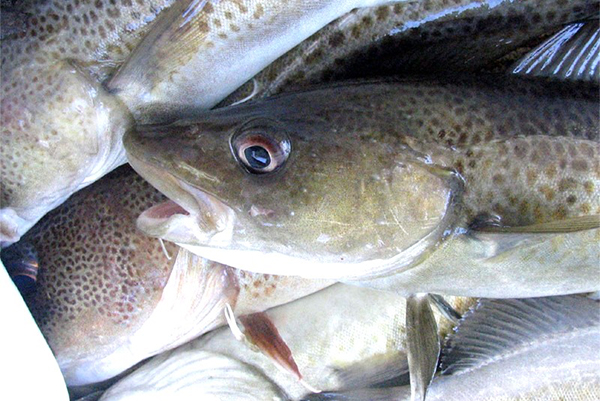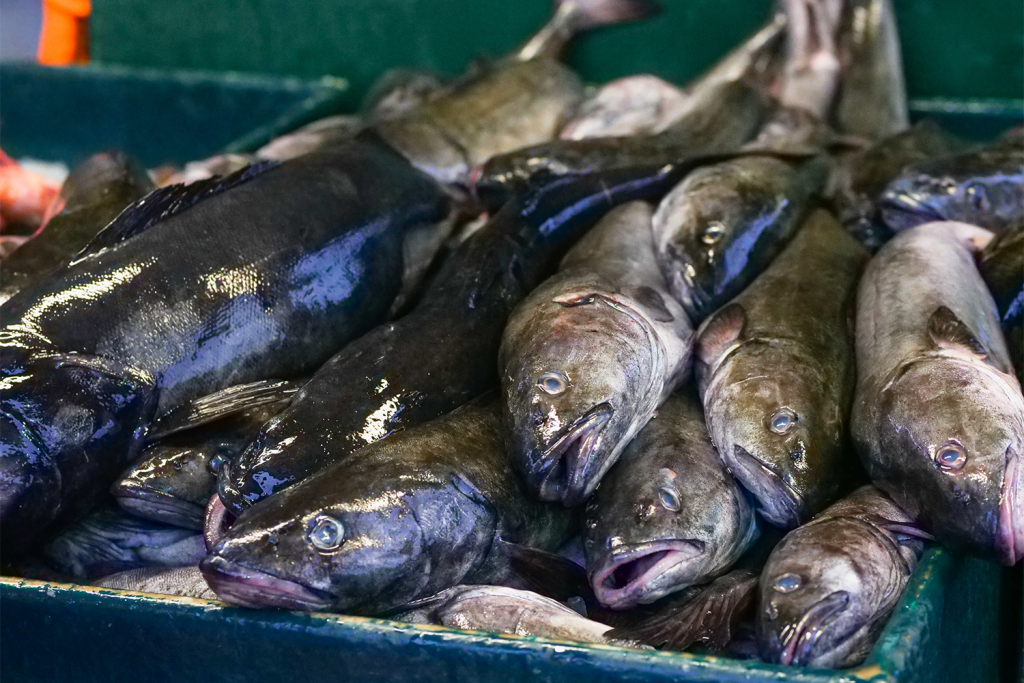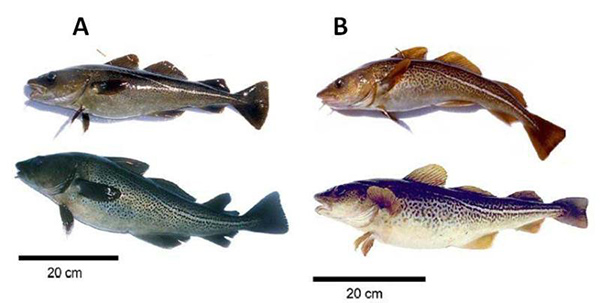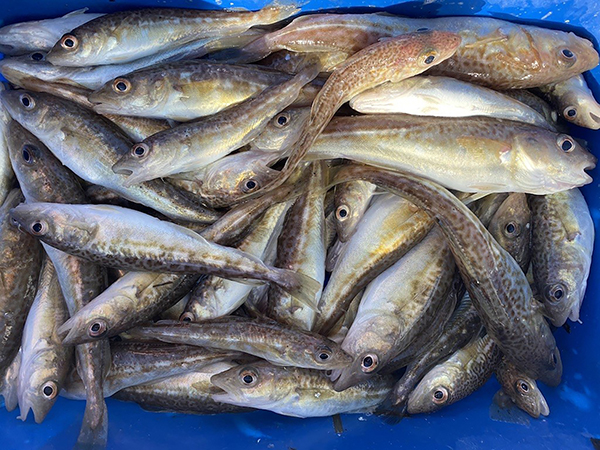Canada aims to rebuild a sustainable fishery amid concerns about the species’ recovery

The Canadian federal government has lifted the 30-year fishing ban for Northern cod off the north and east coasts of Newfoundland and Labrador – a “historic milestone” for the seafood industry in Atlantic Canada. This means that commercial fishing for Northern cod will resume in NAFO Divisions 2J3KL for the 2024 season.
“We will cautiously but optimistically build back this fishery with the prime beneficiaries being coastal and Indigenous communities throughout Newfoundland and Labrador,” said the Honourable Diane Lebouthillier, Minister of Fisheries, Oceans and the Canadian Coast Guard in a press release. “As a government, we remain steadfast in our commitment to fostering sustainable and economically prosperous fisheries that honor our shared resources for generations to come. I encourage all participants to prioritize safety and enjoy a rewarding season on the water.”
Canada has set a Total Allowable Catch (TAC) of 18,000 tons. The inshore fishing fleet will get about 84 percent of this quota, with 20 percent of that going to harvesters based in 2J and 6 percent to the Canadian offshore fleet.
Additionally, Fisheries and Oceans Canada (DFO) intends to eliminate the catch and release aspect of tour boat operations in the recreational groundfish fishery and introduce a tagging regime starting in 2025. DFO will consult with tour boat operators in the fall of 2024 as a first step in developing this requirement.
Northern cod used to be vital to the province’s fishing industry, which has a 400-year history, but overfishing, poor fisheries management and environmental changes caused the cod population to crash in the early 1990s. A moratorium on Northern cod fishing off Newfoundland and Labrador was introduced on July 2, 1992, with the ban derailing the province’s economy and changing life for many coastal communities.
“The shutdown of the Northern Cod fishery more than 30 years ago changed our province,” said the Honourable Seamus O’Regan Jr., Minister of Labour and Seniors. “Its return is historic. We now have the chance to build a sustainable cod fishery that reflects the modern industry it has – and can – become.”
The announcement followed a scientific update in October 2023, which revised the classification of Northern cod from “critical” to “cautious.” The statistical model used for assessing cod abundance was updated to include inshore and juvenile cod survey data going back to 1954. This information indicated that historical cod population productivity was lower than previously estimated.
“This decreased level of productivity means the cod population can be considered recovered at a lower population size than previously estimated,” Tyler Eddy and Matthew Robertson, research scientists at Memorial University, explained in an article for The Conversation. “Cod recovery is dependent on the abundance of capelin, the climate and the environment – all factors that change over time and that need to be accounted for when setting targets for Northern cod recovery.”
The updated analysis found that although the cod population hadn’t grown much in recent years, it had been in the cautious zone since 2016. DFO manages fisheries using a precautionary approach, classifying fish populations as healthy, cautious or critical. The updated 2024 stock assessment model shrunk the boundary between the critical and cautious zone.
“The DFO’s fisheries stock assessment science is peer-reviewed and based on consensus by DFO scientists, academic scientists and representatives from the fishing industry and environmental non-governmental organizations,” wrote Eddy and Robertson. “National and international experts participate as external reviewers.
The Association of Seafood Producers (ASP), representing over two dozen seafood businesses, praised the reopening “a positive sign for the industry.”
“The iconic cod fishery was once a mainstay and has been the backbone of our province,” said Jeff Loder, ASP’s Executive Director in a press release. “The reopening of the commercial fishery will be well-received by our coastal communities, harvesters, plant workers, local businesses and others who rely on the fishery for their livelihoods.”
With ground-breaking factory trawler Ecofive, Bluewild is building a blueprint for greener fishing
ASP, the Atlantic Groundfish Council (AGC), the Sustainable Fisheries Partnership (SFP) and customers in the US, Canada, UK and France have been leading a Fishery Improvement Project focused on Northern Cod.
“ASP and its members look forward to working with the DFO and other stakeholders to continue to sustainably rebuild this important fishery,” said Loder. “We will continue to work towards Marine Stewardship Council (MSC) certification for 2J3KL Northern Cod through the Fishery Improvement Project.”
“Our members share a long history in the cod business and want to achieve the ultimate objective of a Marine Stewardship Council (MSC) certified Northern cod fishery for the benefit of all harvesters,” said Sylvie Lapointe, president of the Atlantic Groundfish Council. “Together with SFP and customers in the US, Canada, UK and France, we have been funding a leading Fishery Improvement Project focused on Northern cod. We will continue to invest in that project, which has included almost $10 million to date.”
Not everyone has applauded the move. In a press release, Oceana Canada said the “short-sighted” decision “ignores scientific advice” and poses “significant risks” to the future recovery of the cod population. FFAW-Unifor, the 14,000-member union representing inshore fishers, has called for the reversal of the reopening.
“That’s an absolute disaster,” said union president Greg Pretty during a news conference, also stating that offshore ships are “environmentally destructive” and do not support the long-term sustainability of the province’s coastal communities. “There will be petitions and there will be demonstrations until we get this thing right.”
Since 1998, inshore, small-vessel (maximum 65 feet, or about 20 meters) fishers have been allowed to catch cod most years. Fisherman Glen Newbury, with the FFAW’s executive committee, expressed concerns that the stocks will be depleted again “within a few short years” if the offshore fleets are allowed to fish them.
“We, as harvesters, we have done the best that we could over all those years to sustain, to rebuild our cod stocks, to get back into the cod fishery, which was what Newfoundland was made of,” Newbury told reporters.
The 2024 quota increase for Northern cod allows only about 6 percent of the cod population to be caught, which Eddy and Robertson say is “quite conservative.” Before the cod population collapsed, more than 50 percent was caught in some years.
However, the scientists say there is still a high risk (62 to 76 percent) that the Northern cod population will decline from 2024 to 2027. This means the cod could land back in the critical zone again by 2025.
“The Newfoundland and Labrador ecosystem is highly dynamic and climate change is affecting marine ecosystems and fisheries globally, compounding the challenges associated with managing Northern cod,” wrote Eddy and Robertson in their article. “After 32 years of a commercial moratorium, the whole world is watching to see what the future holds for Northern cod.”
Now that you've reached the end of the article ...
… please consider supporting GSA’s mission to advance responsible seafood practices through education, advocacy and third-party assurances. The Advocate aims to document the evolution of responsible seafood practices and share the expansive knowledge of our vast network of contributors.
By becoming a Global Seafood Alliance member, you’re ensuring that all of the pre-competitive work we do through member benefits, resources and events can continue. Individual membership costs just $50 a year.
Not a GSA member? Join us.
Author
-

Lisa Jackson
Lisa Jackson is a writer based in Hamilton, Canada, who covers a range of food and environmental issues. Her work has been featured in Al Jazeera News, The Globe & Mail and The Toronto Star.
Tagged With
Related Posts

Fisheries
Distinct stocks of Atlantic cod face different climate change challenges
Distinct stocks of North Atlantic cod are being stressed by different factors of varying management severity due to the impacts of climate change.

Fisheries
Experts propose new Atlantic cod stock structure to inform fisheries management
An international group of researchers has recommended incorporating a new Atlantic cod stock structure into fisheries management.

Fisheries
DNA testing identifies juvenile coastal cod in Sweden thought to be extinct
Using DNA testing, a new study has found that there is still a cod population that spends all its life off the west coast of Sweden.

Fisheries
SFP and Hilborn Lab update the Fishery Improvement Project Database
Sustainable Fisheries Partnership and Hilborn Lab have launched the sixth version of the Fishery Improvement Project Database.


